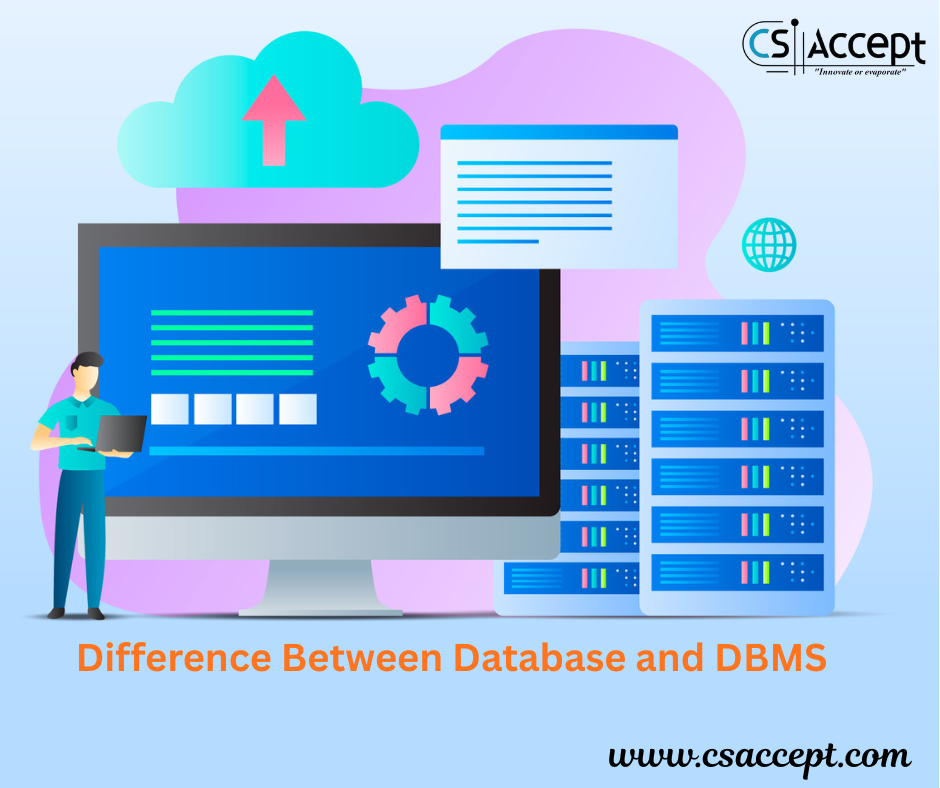
What is a Storage Device?
Definition, Types, and Examples
1. Definition of Storage Device
A storage device is a piece of hardware used to store digital data. It retains information either temporarily or permanently and can be internal (inside the computer) or external (connected externally). Storage devices allow a computer to save, retrieve, and process data and programs. They are essential components for both computing and digital media systems.
In simple terms:
A storage device is any computing hardware that is used for saving, carrying, and extracting data.
2. Purpose of Storage Devices
- Store the operating system, software, and user files
- Save data permanently (non-volatile memory) or temporarily (volatile memory)
- Backup and transfer data between systems
- Facilitate software installations and system boot-up
- Provide access to stored multimedia, documents, and files
3. Types of Storage Devices
Storage devices can be classified in several ways. The two most common classifications are:
A. Based on Volatility:
- Primary Storage (Volatile Memory)
- Secondary Storage (Non-Volatile Memory)
B. Based on Removability:
- Internal Storage Devices
- External or Removable Storage Devices
Let’s explore these in detail:
A. Primary Storage Devices (Volatile Memory)
These are temporary storage units that work closely with the CPU. Data is lost when the power is turned off.
1. RAM (Random Access Memory)
- Temporary memory used by the CPU to store data while performing tasks.
- Faster than other types of memory but is erased when the computer shuts down.
Example: 8GB DDR4 RAM
2. Cache Memory
- High-speed memory located inside or near the CPU.
- Stores frequently used data and instructions.
Example: L1, L2, and L3 caches in Intel/AMD processors
B. Secondary Storage Devices (Non-Volatile Memory)
These devices store data permanently even when the power is turned off.
1. Hard Disk Drive (HDD)
- Magnetic storage device
- Large storage capacity and cost-effective
- Slower compared to SSDs
Example: 1TB Seagate HDD
2. Solid State Drive (SSD)
- Uses flash memory
- Faster, quieter, and more durable than HDDs
- More expensive per GB
Example: 512GB Samsung NVMe SSD
3. Optical Discs
- Use laser technology to read and write data
- Used for media, software, and backups
Types:
- CD (Compact Disc) – 700MB
- DVD (Digital Versatile Disc) – 4.7GB to 8.5GB
- Blu-ray Disc – Up to 100GB
Example: Windows installation DVD, movie Blu-ray disc
4. Flash Drives / USB Drives
- Portable, plug-and-play devices
- Use NAND flash memory
- Common for data transfer and backups
Example: 32GB SanDisk USB Flash Drive
5. Memory Cards
- Small storage devices used in mobile phones, cameras, and tablets
- Includes SD, microSD, and CompactFlash cards
Example: 64GB SanDisk microSD card
6. External Hard Drives
- Portable versions of HDDs or SSDs
- Connect via USB, used for backups or additional storage
Example: 2TB Western Digital External HDD
C. Tertiary Storage (Archival Storage)
- Used for long-term data storage and backup
- Often involves tape drives or optical media
- Slower access time
Example: Magnetic tape storage in data centers
D. Cloud Storage (Virtual/Online Storage)
- Remote storage accessed via the internet
- Data is stored on servers maintained by third-party providers
Examples:
- Google Drive
- Dropbox
- OneDrive
- iCloud
4. Comparison Table of Storage Devices
| Type | Volatility | Portability | Speed | Cost (per GB) | Use Case |
|---|---|---|---|---|---|
| RAM | Volatile | No | Very Fast | High | Temporary memory for processing |
| HDD | Non-Volatile | No | Moderate | Low | Internal permanent storage |
| SSD | Non-Volatile | No | Very Fast | Medium-High | Fast storage for OS/software |
| USB Flash Drive | Non-Volatile | Yes | Fast | Medium | Portable file transfer |
| CD/DVD/Blu-ray | Non-Volatile | Yes | Slow | Low | Media and software backup |
| SD Card | Non-Volatile | Yes | Moderate | Medium | Mobile device storage |
| Cloud Storage | Non-Volatile | Yes | Depends on internet | Subscription-based | Remote access and backup |
5. Examples of Storage Devices in Daily Use
- Computer: SSD or HDD to store OS and applications
- Smartphone: Internal storage and microSD card
- Camera: SD or microSD card
- TV Set-Top Box: USB drive for recording
- Gaming Console: Internal SSD/HDD and external USB drive
- Office Backup: Cloud storage (e.g., Google Drive)
- Media Sharing: CD/DVD or pen drives
6. Conclusion
Storage devices are essential for storing and retrieving data in all modern digital systems. With advancements in technology, storage devices are becoming faster, more compact, and more reliable. Whether it’s for personal use, enterprise data centers, or cloud computing, storage devices play a crucial role in data management.






